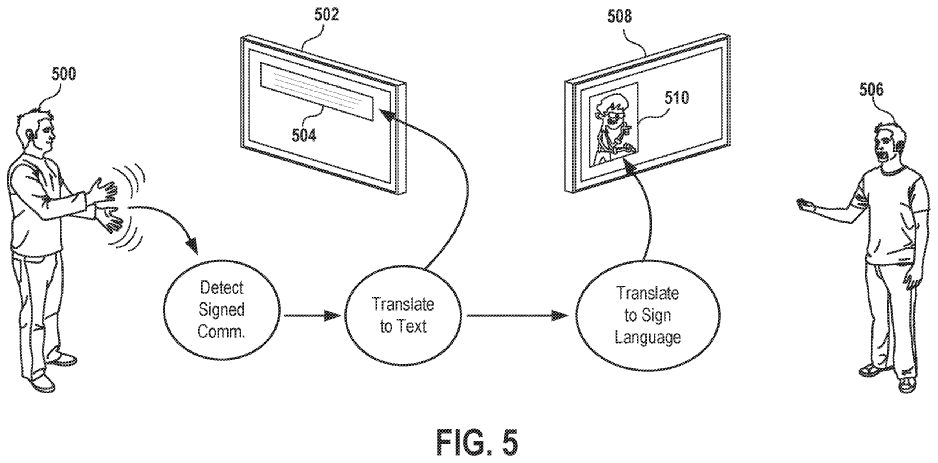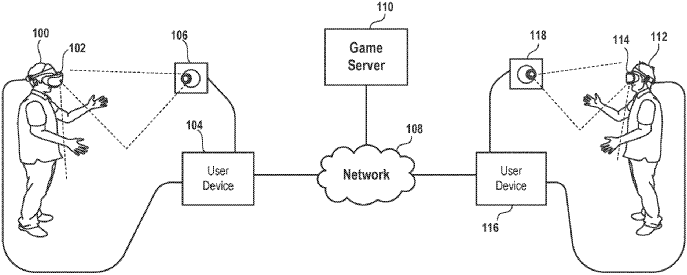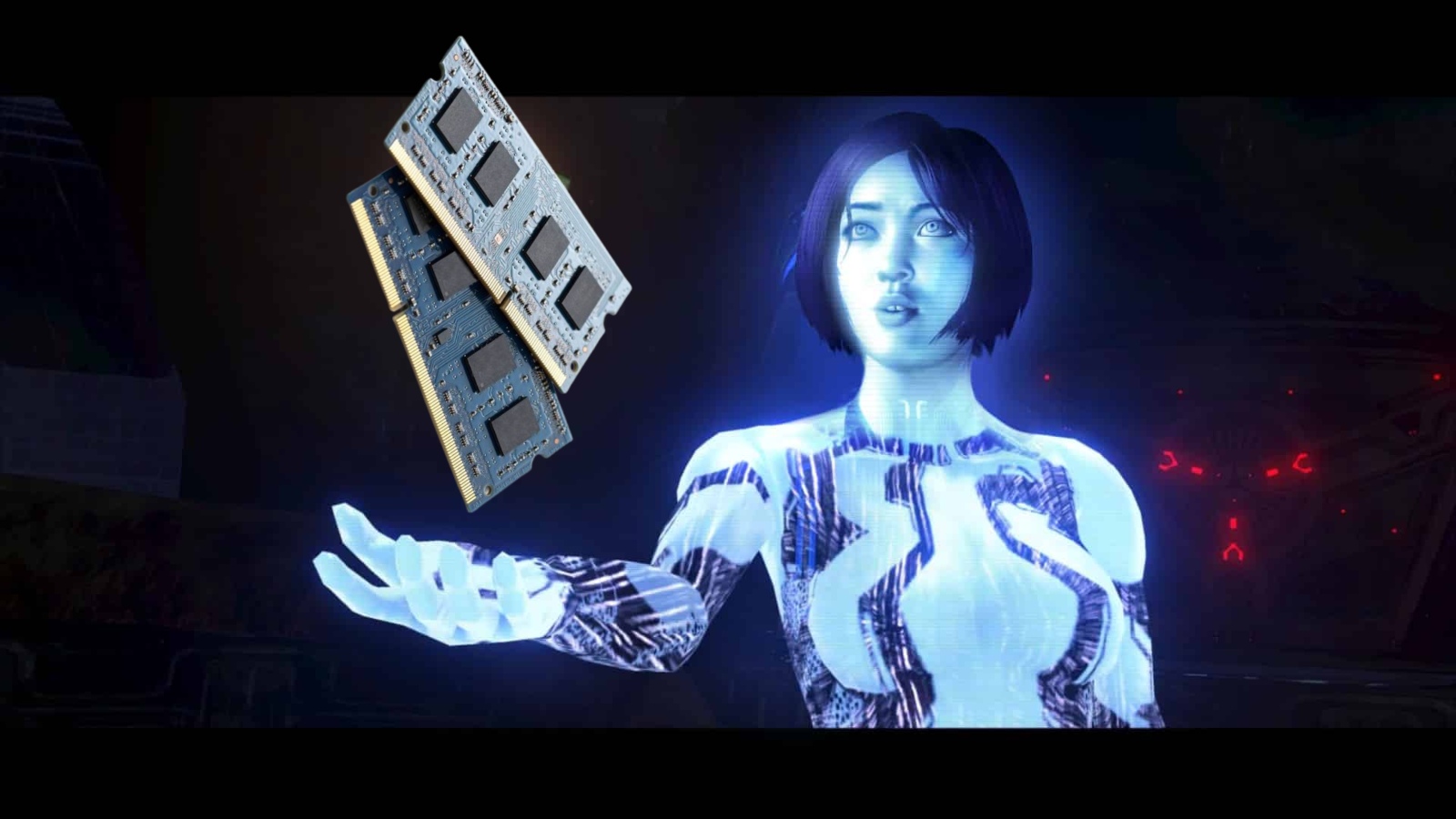- A new patent published by Sony wants to add a real-time sign language translator in its video games.
- It aims to help deaf gamers communicate seamlessly in real-time by understanding each other’s sign languages.
- To ensure effective communication, the system can differentiate between simple gestures and many sign languages.
Sony is always trying to one-up the competition by securing a plethora of unique ideas to bring innovation to the gaming industry. These ideas usually first appear in the form of patents, and this new one might change gaming for the better. A recent patent published by the company now wants to add a translator for sign languages in its games.
We have spotted a patent that discusses adding a real-time sign language translator in its games to help the disabled gaming community. It talks about how various sign languages can be translated during active conversations using avatars or their hands performing sign gestures to help deaf gamers communicate better.
“The graphical illustrations can include a pair of hands of an avatar, or an avatar with a face and arms performing the sign gestures.”
Why it matters: Sony publishing a patent to add a real-time sign language translator to its games could mean that it plans to implement this proposed system as an actual feature. It could change gaming for the deaf community.

The patent dubbed “TRANSLATION OF SIGN LANGUAGE IN A VIRTUAL ENVIRONMENT” describes its functionality by discussing how it’d work between two users. An English user may try to talk with a Japanese user using sign language; the English sign language gestures would first be translated into text, which would then be converted into Japanese before that is turned into Japanese sign language gestures.
Sony argues that sign languages differ around the globe, making it essential for them to be translated in real-time during active conversations to help deaf gamers understand each other in games.
“sign language is not universal. This provides a need for appropriately capturing the sign language of one user, understanding the native language, and generating new sign language as output for another user in their native sign language.”

Sony also ensures that the system can differentiate between simple gestures and sign languages to ensure users can still have an immersive experience. It is worth noting that Sony implies that this system can be employed in VR games, traditional titles, and other various non-gaming applications.
While a real-time translator for sign languages sounds enticing, it may never be added to Sony’s games for years to come. So, take it with a grain of salt.
For instance, it has previously published a legal document to automatically create variations of existing sound effects in games. The company has also previously secured a patent about the PS3’s backward compatibility with PS5, which corroborated a popular rumor.
Thank you! Please share your positive feedback. 🔋
How could we improve this post? Please Help us. 😔
Shameer Sarfaraz has previously worked for eXputer as a Senior News Writer for several years. Now with Tech4Gamers, he loves to devoutly keep up with the latest gaming and entertainment industries. He has a Bachelor’s Degree in Computer Science and years of experience reporting on games. Besides his passion for breaking news stories, Shahmeer loves spending his leisure time farming away in Stardew Valley. VGC, IGN, GameSpot, Game Rant, TheGamer, GamingBolt, The Verge, NME, Metro, Dot Esports, GameByte, Kotaku Australia, PC Gamer, and more have cited his articles.


 Threads
Threads

